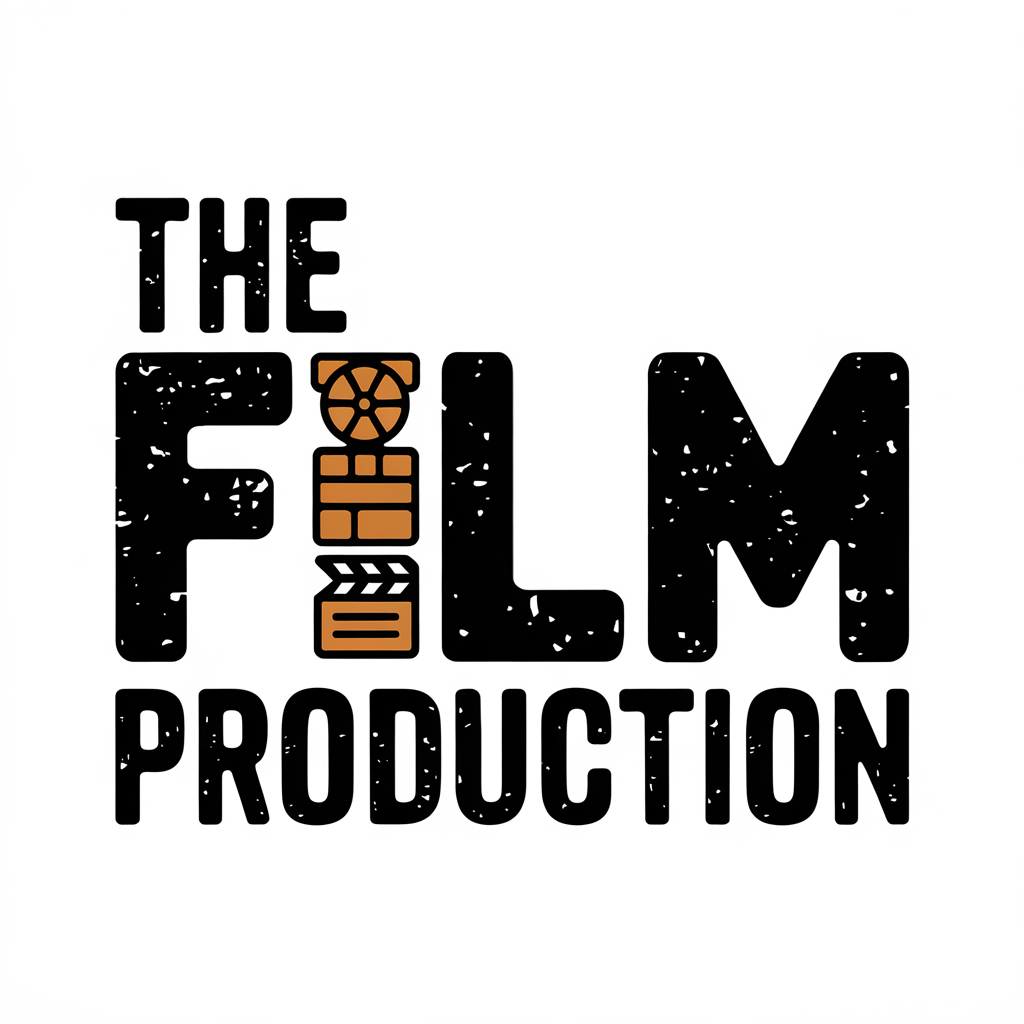For independent filmmakers and producers, securing funding can be as elusive as catching lightning in a bottle. However, there’s a lesser-known avenue that many in the film industry have capitalized on to bring their projects to fruition. That’s the magic of ‘soft money.’ Soft money in the film industry entails funds, subsidies, or tax breaks that aren’t required to be paid back, adding a certain euphoric free-falling notion to the normally complex and risk-laden path of film financing.
In this article, we will peel back the curtain on soft money, what it is, how it’s obtained, and why it plays a significant role in keeping the camera rolling.
Unraveling the Enigma of Soft Money
Soft money, a somewhat elusive concept to many outside the film financial circuit, is essentially the ‘free’ money of filmmaking. Unlike ‘hard money’ which comes from sources like private investors or loans and must be repaid, soft money consists of film subsidies or tax credits that do not require repayment. These comprise a sizable portion of budgets for independent films and can vary by location and project scope.
Sources of Soft Money
Soft money may originate from both governmental and non-governmental sources.
- Government Funding: Public institutions, through various programs, provide generous incentives, grants, and rebates to filmmakers. These can be national, regional, or local and are often designed to stimulate local economies and support the arts.
- Corporate Sponsorship and Grants: Some companies, particularly those with an interest in cultural or educational content, may offer sponsorships or grants to filmmakers. These often come with certain distribution obligations or content criteria.
The Benefits of Soft Money
Soft money offers several benefits to financiers and filmmakers:
- Reduced Financial Risk: Receiving financial support that doesn’t require repayment reduces the financial risk for producers and investors.
- Larger Budgets: Soft money often supplements hard money, allowing filmmakers to achieve higher production values and sometimes even tackle more ambitious projects.
- Tangible Support: Grants and incentives are sometimes more than just monetary—they may include in-kind services, such as equipment loans or facilities usage.
Navigating the Soft Money Landscape
Securing soft money is not as simple as waving a funding by-law. It involves understanding complicated financial structures and can be a competitive process.
Qualifying for Incentives
Each incentive has its criteria that must be met to qualify. This could include minimum spending thresholds, hiring locally, and even thematic or content requirements. Understanding and proving compliance with these rules is crucial to unlocking the benefits.
Application and Approval
Navigating the application process can be a daunting task. It often involves complex paperwork, including detailed budgets, production plans, and sometimes even a ‘cultural benefits test’ for international productions. Once submitted, the approval process can take time, affecting the project’s overall timeline and cash flow.
Utilizing Incentives Strategically
Producers must be strategic in how they utilize soft money within the overall financing scheme. It should complement other financial sources and not be relied on as the sole source of funding, as incentives are often paid out post-production or have specific terms that may not align perfectly with production schedules.
Showcasing Success Stories
To illustrate the impact of soft money, we can look at numerous successful films that benefitted from these incentives.
Case Study: “The Hurt Locker”
Kathryn Bigelow’s “The Hurt Locker” is a clear example of a film that leveraged soft money. The film, initially a small-budget documentary-style project, was able to access substantial financial support after lining up international pre-sales and incentives from the California Film Commission.
Case Study: “The Revenant”
Alejandro González Iñárritu’s “The Revenant” was another film that mirrored the soft money success story. By choosing to shoot in Canada and Argentina, the production was able to access location-specific tax breaks and production incentives, supporting its ambitious and logistically complex shoot.
The Ethical and Artistic Considerations
While soft money is a boon to many independent filmmakers, it also comes with ethical and artistic considerations.
The Art of Compromise
With regional requirements sometimes comes the pressure to alter the artistic vision of a film. Producers must weigh the benefits of incentives against any creative compromise.
The Sustainability Debate
There are ongoing discussions about the sustainability of soft money financing. If incentives dry up, it could leave a funding gap that the film industry may struggle to fill.
Looking to the Future
Soft money will continue to be a crucial resource for independent filmmakers and a key component in the global film economy. However, as governments and corporations periodically change their priorities and policies, the importance of flexibility and access to multiple funding sources cannot be overstated. Additionally, filmmakers will need to be mindful of the ethical and artistic implications of utilizing soft money and finding a balance between financial support and creative freedom. Ultimately, soft money can be a valuable tool for bringing unique and important stories to audiences around the world. So, filmmakers must understand and navigate this complex landscape to continue creating impactful and successful films.
Conclusion
For independent filmmakers, soft money can be the crucial piece of the financial puzzle that allows projects to move from the storyboard to the screen. It is a versatile instrument, combining elements of finance, strategy, and creativity. Understanding how to harness it effectively without compromising artistic integrity is a skill that all aspiring filmmakers should strive to master. The film industry is a dynamic and ever-changing ecosystem, and those who can skillfully maneuver through the soft money labyrinth will find themselves better equipped to thrive. So if you are a filmmaker looking to bring your vision to life, be sure to explore the possibilities of soft money financing and use it wisely on your creative journey. The possibilities are endless, and the future is bright for those who dare to dream big. So go forth and tell your story, knowing that soft money may just be the key that unlocks its potential. Keep creating, keep innovating, and keep pushing the boundaries of what is possible in cinema. The world needs your unique voice and vision now more than ever. Happy filmmaking! Happy Filmmaking!

